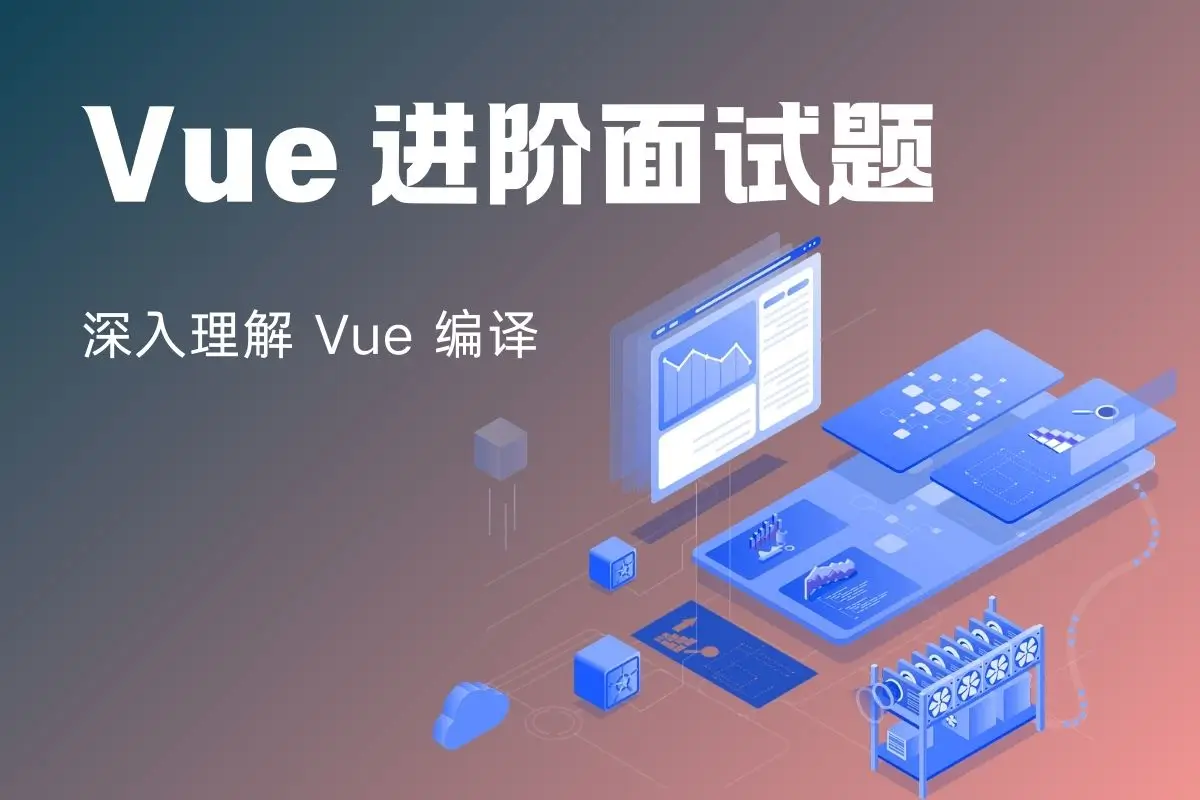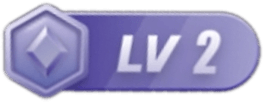在 Vue 中,子组件可以通过以下几种方式访问父组件的实例:
1. 通过 $parent 属性
Vue 提供了 $parent 属性,允许子组件直接访问父组件的实例。
// 子组件中
this.$parent // 访问父组件实例示例:
// 父组件
<template>
<div>
<ChildComponent />
</div>
</template>
<script>
import ChildComponent from './ChildComponent.vue';
export default {
components: {
ChildComponent,
},
data() {
return {
parentMessage: 'Hello from Parent',
};
},
};
</script>
// 子组件
<template>
<div>
<button @click="showParentMessage">Show Parent Message</button>
</div>
</template>
<script>
export default {
methods: {
showParentMessage() {
console.log(this.$parent.parentMessage); // 输出: Hello from Parent
},
},
};
</script>注意:
- 使用
$parent可能会导致组件之间的耦合性变高,不利于组件的复用和维护。 - 如果组件层级嵌套较深,
$parent可能无法直接访问到目标父组件。
2. 通过 props 传递数据
父组件可以通过 props 将数据或方法传递给子组件,子组件通过 props 访问父组件的数据或调用父组件的方法。
示例:
// 父组件
<template>
<div>
<ChildComponent :parentMessage="parentMessage" />
</div>
</template>
<script>
import ChildComponent from './ChildComponent.vue';
export default {
components: {
ChildComponent,
},
data() {
return {
parentMessage: 'Hello from Parent',
};
},
};
</script>
// 子组件
<template>
<div>
<p>{{ parentMessage }}</p>
</div>
</template>
<script>
export default {
props: {
parentMessage: {
type: String,
required: true,
},
},
};
</script>优点:
- 通过
props传递数据是 Vue 推荐的方式,符合单向数据流的原则,组件之间的耦合性较低。
3. 通过 $emit 和事件通信
子组件可以通过 $emit 触发事件,父组件监听事件并执行相应的逻辑。
示例:
// 父组件
<template>
<div>
<ChildComponent @show-message="handleShowMessage" />
</div>
</template>
<script>
import ChildComponent from './ChildComponent.vue';
export default {
components: {
ChildComponent,
},
methods: {
handleShowMessage(message) {
console.log(message); // 输出: Hello from Parent
},
},
};
</script>
// 子组件
<template>
<div>
<button @click="sendMessage">Send Message to Parent</button>
</div>
</template>
<script>
export default {
methods: {
sendMessage() {
this.$emit('show-message', 'Hello from Parent');
},
},
};
</script>优点:
- 通过事件通信可以实现父子组件之间的解耦。
4. 通过 provide/inject
Vue 提供了 provide 和 inject 机制,允许父组件向深层嵌套的子组件传递数据或方法。
示例:
// 父组件
<template>
<div>
<ChildComponent />
</div>
</template>
<script>
import ChildComponent from './ChildComponent.vue';
export default {
components: {
ChildComponent,
},
provide() {
return {
parentMessage: 'Hello from Parent',
};
},
};
</script>
// 子组件
<template>
<div>
<p>{{ parentMessage }}</p>
</div>
</template>
<script>
export default {
inject: ['parentMessage'],
};
</script>优点:
- 适合跨层级组件通信,避免逐层传递
props。
5. 通过 ref 获取父组件实例
父组件可以通过 ref 获取子组件的实例,子组件也可以通过 ref 获取父组件的实例(需要父组件暴露自身引用)。
示例:
// 父组件
<template>
<div>
<ChildComponent ref="child" />
<button @click="callChildMethod">Call Child Method</button>
</div>
</template>
<script>
import ChildComponent from './ChildComponent.vue';
export default {
components: {
ChildComponent,
},
methods: {
callChildMethod() {
this.$refs.child.childMethod(); // 调用子组件的方法
},
},
};
</script>
// 子组件
<template>
<div>
<button @click="callParentMethod">Call Parent Method</button>
</div>
</template>
<script>
export default {
methods: {
callParentMethod() {
this.$parent.parentMethod(); // 调用父组件的方法
},
},
};
</script>注意:
- 使用
ref和$parent可能会导致组件之间的耦合性变高。
总结
- 推荐方式:优先使用
props和$emit实现父子组件通信,符合单向数据流的原则。 - 跨层级通信:使用
provide/inject。 - 直接访问:在必要时可以使用
$parent或ref,但需注意组件之间的耦合性。
根据具体场景选择合适的方式!
THE END



暂无评论内容